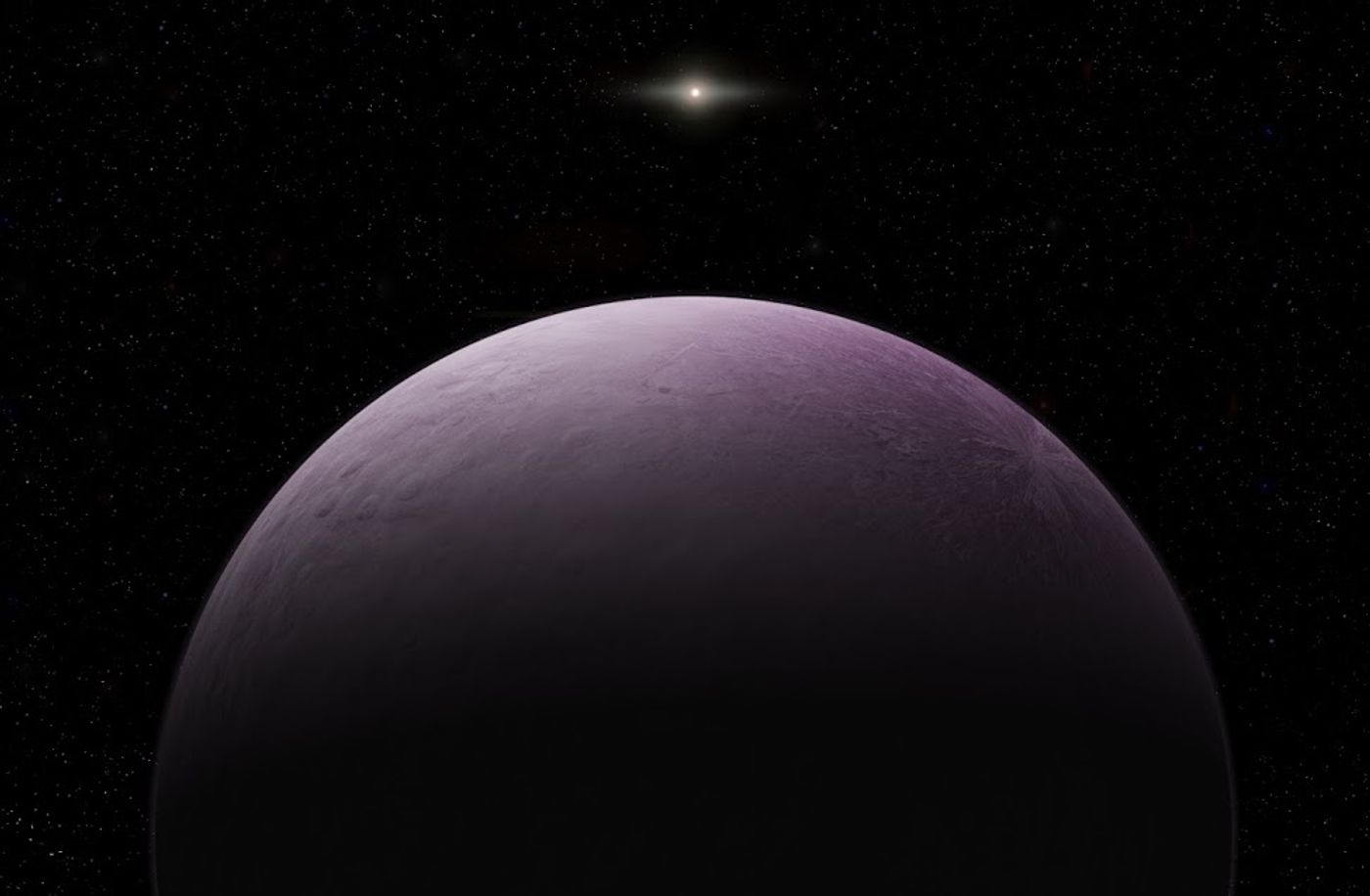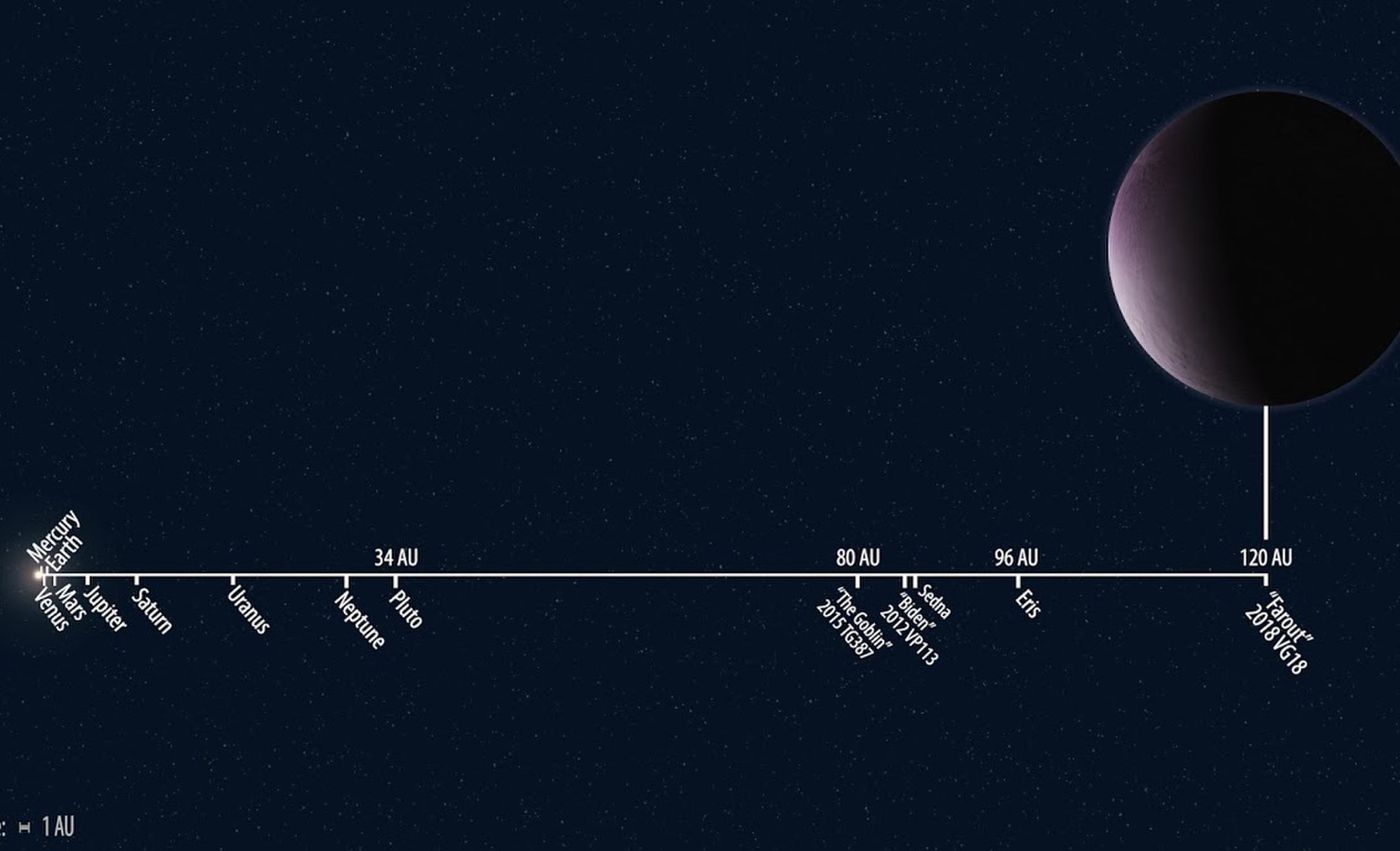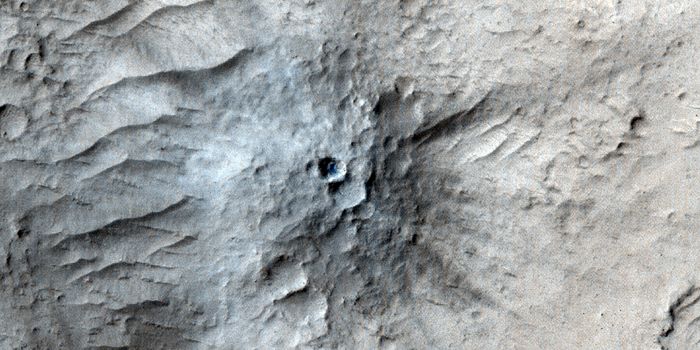Say Hello to Farout, the Farthest Object Ever Observed in the Solar System
When most people think about the solar system, they envision all the planets and everything in between – typically as far out as Pluto – but it’s so much larger than that. A team of astronomers has proven this point once again following the discovery of the most distant object ever observed in the solar system: 2018 VG18, also nicknamed ‘Farout’ because the term is both catchy and fitting.
Image Credit: Roberto Molar Candanosa/Carnegie Institution for Science
The newfound world reportedly exists about 120 astronomical units (AU) away from the Sun. Comparatively, Pluto lives 24 AU away from the Sun, and the previous record holder, a dwarf planet known to astronomers as Eris, resides 96 AU away from the Sun. To put that into perspective for you, Farout is approximately 3.5 times more distant from the Sun than Pluto is.
Image Credit: Roberto Molar Candanosa/Scott S. Sheppard/Carnegie Institution for Science
Given Farout’s incredible distance from Earth, astronomers have been hard-pressed to gather any relevant information about it. So far, we know that it’s slightly pink and we have an approximate idea of its diameter, but it’s too distant to observe in more detail. Furthermore, it’s too new and far away to accurately discern its orbital path around the Sun at this time.
“2018 VG18 is much more distant, and slower moving than any other observed Solar System object, so it will take a few years to fully determine its orbit,” explained Scott Sheppard of Carnegie University.
“But it was found in a similar location on the sky to the other known extreme Solar System objects, suggesting it might have the same type of orbit that most of them do. The orbital similarities shown by many of the known small, distant Solar System bodies was the catalyst for our original assertion that there is a distant, massive planet at several hundred AU shepherding these smaller objects.”
Related: NASA's Hubble Space Telescope captures an unprecedented view of a distant galaxy
Given the circumstances surrounding Farout’s distance, the team of astronomers estimates that Farout takes more than 1,000 Earth years to orbit the Sun just one time. Comparatively, it takes Pluto only 248 Earth years – perhaps unsurprisingly, these numbers are almost to scale with the estimated distance differences.
The team of astronomers apparently discovered Farout while conducting routine searches for extremely distant solar system objects, and the first images of the distant world were captured with at the Japanese Subaru 8-meter telescope in Hawaii just over a month ago on November 10th.
Follow-up observations performed this month with the Magellan telescope at Carnegie’s Las Campanas Observatory in Chile validated their findings, and helped the astronomers determine the world’s brightness, color, and distance, among other things. Assuming estimates are correct, it’s likely an icy world that measures about 500 kilometers in diameter, which qualifies it for dwarf planet status.
Related: NASA scientists observe occultation caused by a future New Horizons target
“This discovery is truly an international achievement in research using telescopes located in Hawaii and Chile, operated by Japan, as well as a consortium of research institutions and universities in the United States,” added astronomer Chad Trujillo from Northern Arizona University. “With new wide-field digital cameras on some of the world’s largest telescopes, we are finally exploring our Solar System’s fringes, far beyond Pluto.”
Without a doubt, it’ll be interesting to see what else we learn about Farout as astronomers continue observations with various space telescopes. Perhaps we’ll even learn of farther worlds in the process, but only time will tell for sure.
Source: Carnegie Science










